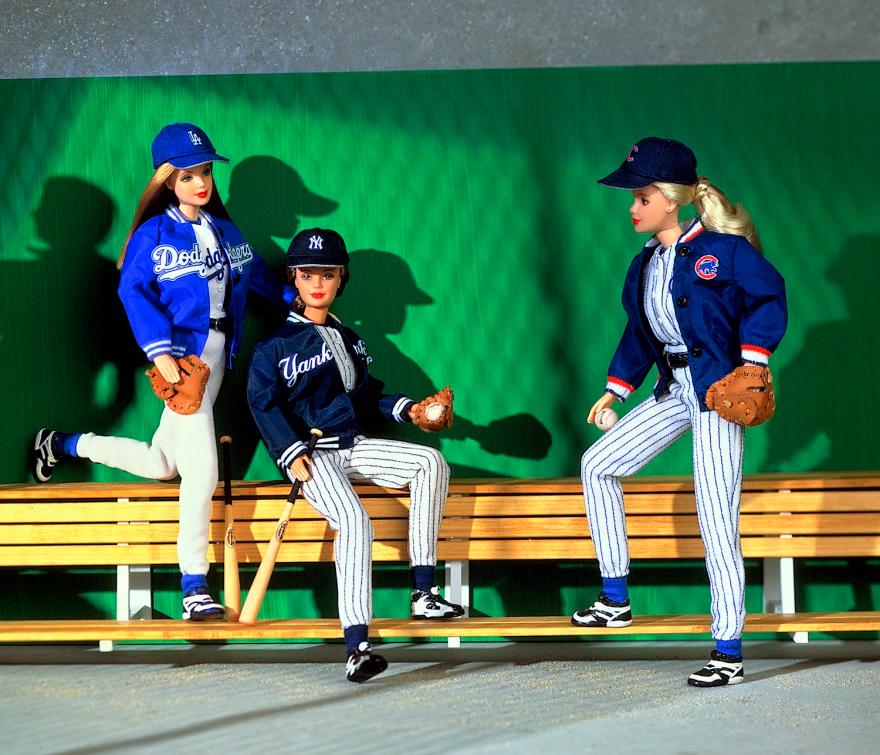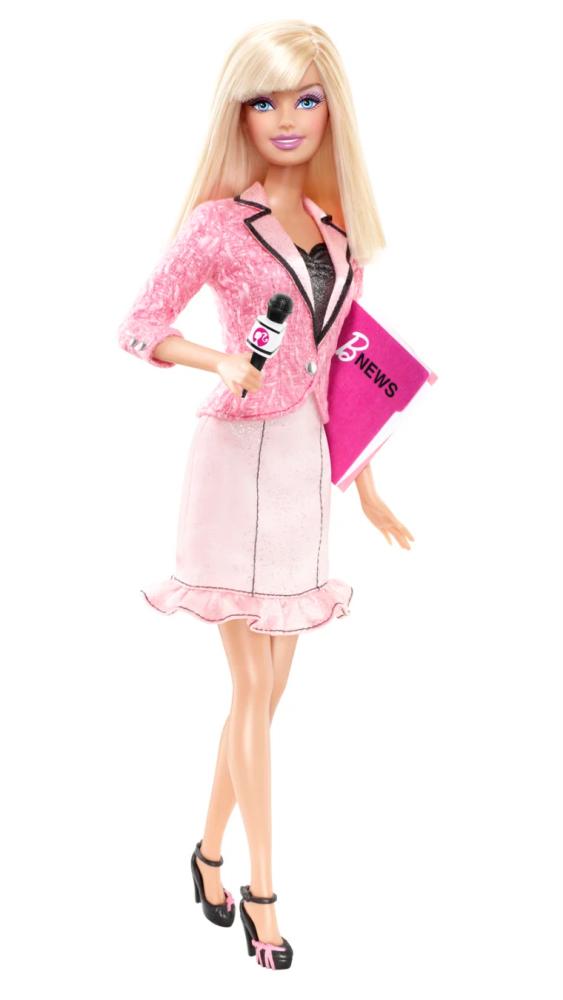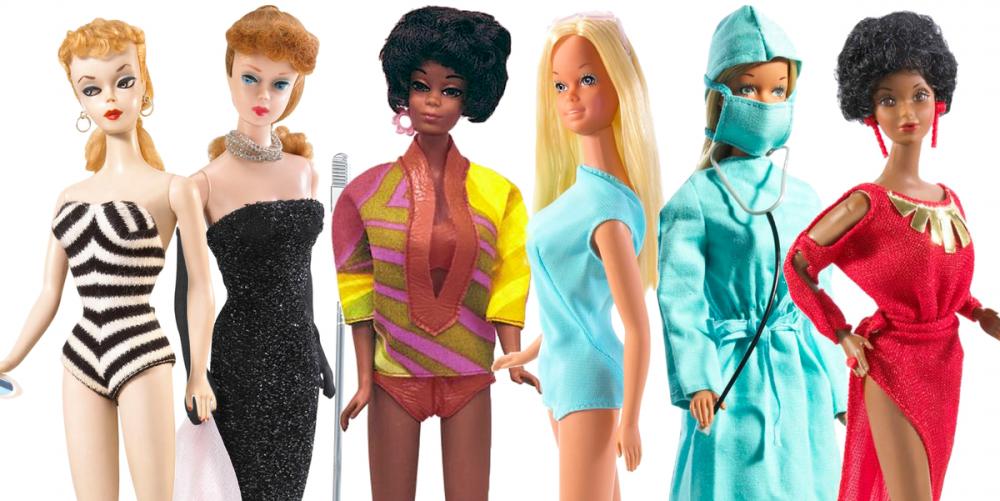FOR over six decades, Barbie has reigned as a cultural icon, inspiring generations of children and collectors alike. Central to her allure has been her impeccable sense of fashion, which has evolved dramatically over the years, reflecting the shifting trends and societal changes of each era.
From her debut in 1959 to the present day, Barbie’s wardrobe has become a testament to the ever-changing world of fashion, capturing the essence of each time while consistently pushing boundaries and promoting inclusivity. Let’s delve into the transformative journey of Barbie fashion throughout the years, celebrating her timeless style and impact on pop culture.
The Swinging ‘60s
Barbie’s fashion journey began with a bang in the 1960s. Mattel’s designers crafted Barbie’s first ensembles, reflecting the playful spirit of the time. The early Barbie dolls donned chic sheath dresses, bouffant hairstyles, and cat-eye sunglasses, embodying quintessential mod fashion. As the decade progressed, Barbie embraced cultural diversity, introducing international-themed outfits that celebrated various countries’ traditions and styles.
The Groovy ‘70s
With the arrival of the ‘70s, Barbie adapted to the groovy counterculture, sporting colourful maxi dresses, flared pantsuits, and fringed vests. The era’s emphasis on individuality and freedom was reflected in this Barbie’s era, showcasing diverse career outfits and empowering young girls to dream big. As feminism gained traction, Barbie’s fashion reflected this social shift with more career-oriented and athletic ensembles.
The Flashy ‘80s
The ‘80s brought boldness and extravagance to Barbie’s wardrobe. Neon colours, big hair, and glittery accessories became synonymous with the era. Barbie’s “Dream Date” collection featured dazzling evening gowns, and her “Rockers” line embodied the spirit of punk and rock music. The “Day-to-Night” Barbie showcased the working woman’s versatility, transitioning from a professional look to a glamorous evening ensemble.

The Effortless ‘90s
As the world entered the ‘90s, Barbie’s fashion evolved towards a more casual and approachable style. Denim, crop tops, and athleisure wear became staples of her wardrobe. “Totally Hair Barbie” became an instant sensation with her floor-length hair and vibrant outfits. This decade also saw Barbie embrace cultural diversity more prominently, introducing dolls with different ethnic backgrounds and celebrating various body types through “Teen Talk Barbie” and “Butterfly Art Barbie.”
The New Millennium
The 2000s ushered in a new era for Barbie, marked by the integration of technology and contemporary fashion trends. Barbie’s fashion kept pace with real-world designers and iconic runway looks. From chic cocktail dresses to boho-chic ensembles, she continuously showcased versatility. Collaborations with famous designers, like Versace and Vera Wang, added an extra layer of luxury to her wardrobe.

The Modern Era: Embracing Inclusivity
In recent years, Barbie’s fashion has taken a remarkable turn towards inclusivity, reflecting the growing awareness of body positivity and diversity in the fashion industry. The “Fashionista” line features dolls with diverse body types, skin tones, and hair textures, embracing a more realistic portrayal of beauty. Barbie’s fashion now caters to different interests and passions, with outfits representing various professions and hobbies, encouraging girls to see themselves in any role they desire.
Barbie’s fashion journey over the years has been nothing short of extraordinary. From the glamorous styles of the ‘60s to the body-positive and inclusive approach of the modern era, Barbie has mirrored the changing times while retaining her classic appeal. Her fashion has transcended generations, inspiring millions of children to embrace their individuality and pursue their dreams fearlessly.










